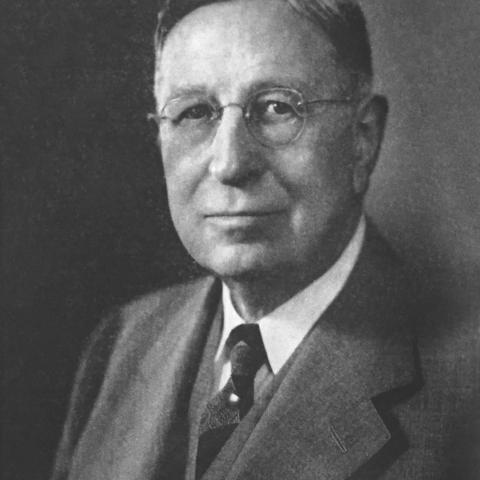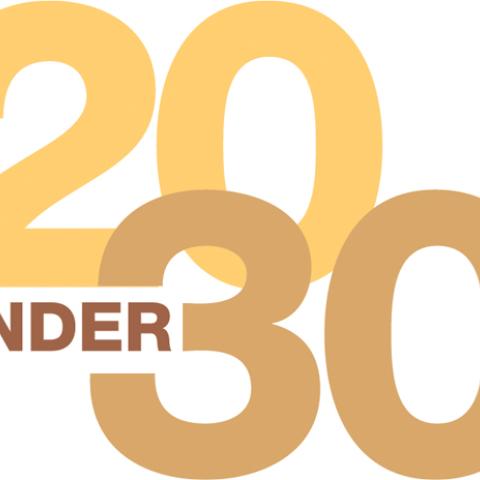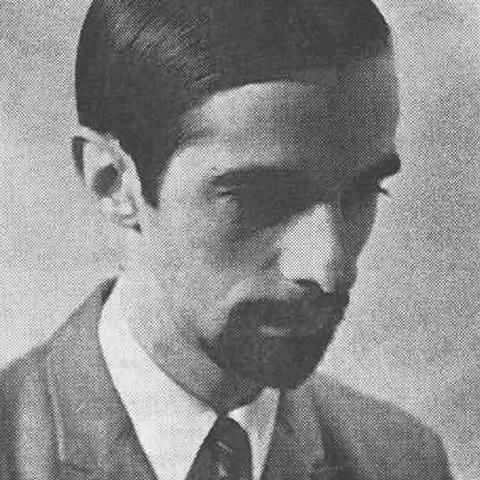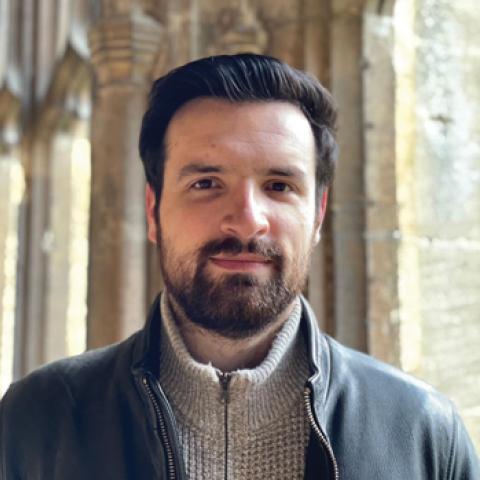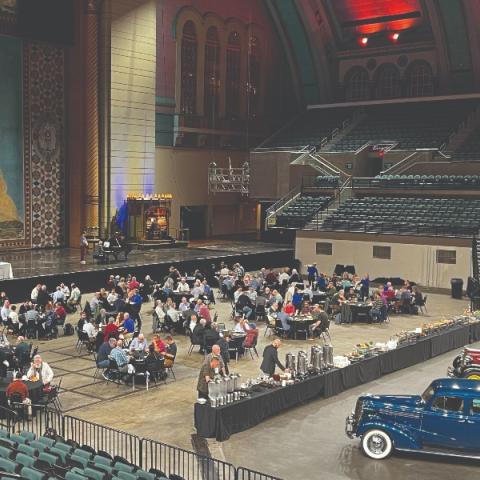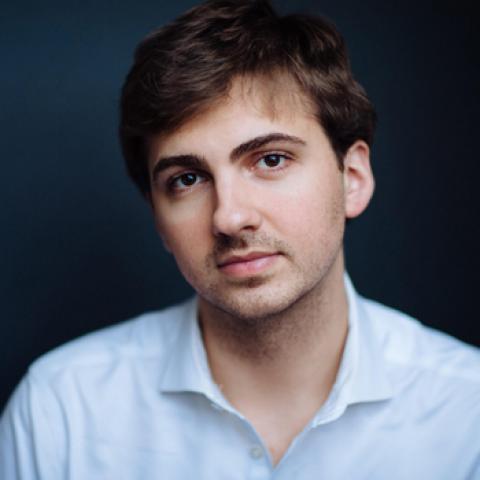
THE DIAPASON is pleased to announce the creation of The Gruenstein Award to honor S. E. Gruenstein, founder and first editor of THE DIAPASON, which commenced publication in December 1909. For the journal’s 110th anniversary, THE DIAPASON is establishing the Gruenstein Award to recognize the scholarly work of a young author who has not reached her or his 35th birthday as of January 31, 2020.
Submissions of article-length essays will be accepted until January 31, 2020, and the winning article will be published in the May 2020 issue. Submissions must be original research and essays by the author, must not have been previously published by any other journal, and may not be under consideration for publication by another journal. The topic(s) should be related to the organ, church music, harpsichord, and/or carillon. Strict word count will not be enforced, as some articles will need numerous illustrations and may require less text, or vice versa. It is suggested that essays be between 2,500 and 10,000 words. Quality is preferred over quantity. All accompanying illustrations must be submitted in jpeg, tiff, and/or pdf formats with text and must be of sufficient quality to print (300 dpi or better), with any necessary permission to print secured in advance on behalf of THE DIAPASON. The winning essay, upon publication, becomes the copyrighted property of THE DIAPASON and Scranton Gillette Communications, Inc.
To submit materials, or to direct questions, contact Stephen Schnurr, Editorial Director and Publisher: sschnurr@sgcmail.com. For further information: www.thediapason.com.

